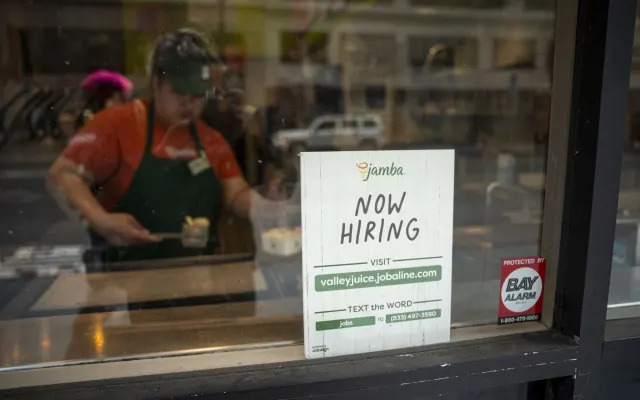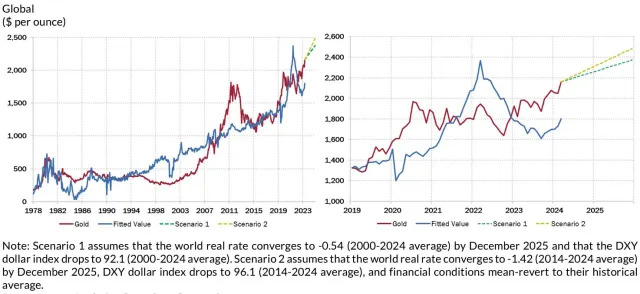https://www.google.com/amp/s/www.ne...ws-story/b4bbe37a58b5f41657e189b03547095e?amp
Robust rise in housing finance through February as new borrowers defy interest rate pain
Even as household budgets come under pressure, tens of thousands took on additional debt in February, new data shows.
Jack Quail
less than 2 min read
April 8, 2024 - 11:52AM
Demand in Australia’s housing market remained robust through February with the value of new home loan commitments climbing even as the effects of the Reserve Bank’s recent run of rate hikes continue to flow through the economy.
The value of new loans written rose 1.5 per cent in February to $26.4bn, the Australian Bureau of Statistics reported on Monday, falling slightly short of the 2 per cent increase analysts had forecast.
The increase comes even as house prices pushed higher as a result of a post-pandemic surge in migration, underpinning increased demand and an anaemic pipeline of new housing construction, reducing supply.

- show more
- show more
- show more
- show more
- show more
- show more
- show more
- show more
- show more
- show more
- show more
- show more
- show more
- show more
- show more
- show more
- show more
- show more
- show more
- show more
- show more
- show more
- show more
- show more
- show more
- show more
- show more
- show more
- show more
- show more
- show more
- show more
- show more
- show more
- show more
- show more
- show more
- show more
- show more
- show more
- show more
- show more
- show more
- show more
- show more
- show more
- show more
- show more
- show more
- show more
- show more
- show more
- show more
- show more
- show more
- show more
Robust rise in housing finance through February as new borrowers defy interest rate pain
Even as household budgets come under pressure, tens of thousands took on additional debt in February, new data shows.
Jack Quail
less than 2 min read
April 8, 2024 - 11:52AM
NCA NewsWire
2 comments
01:00
Monday, April 8 | Top stories | From the Newsroom
A US flight returns due to engine cover issue, an AFL player faces fine for homophobic slur, a
... more
View more related videos
Demand in Australia’s housing market remained robust through February with the value of new home loan commitments climbing even as the effects of the Reserve Bank’s recent run of rate hikes continue to flow through the economy.
The value of new loans written rose 1.5 per cent in February to $26.4bn, the Australian Bureau of Statistics reported on Monday, falling slightly short of the 2 per cent increase analysts had forecast.
The increase comes even as house prices pushed higher as a result of a post-pandemic surge in migration, underpinning increased demand and an anaemic pipeline of new housing construction, reducing supply.
Borrowers still entered the housing market in droves despite pressures facing household budgets. Picture: NCA NewsWire / Christian Gilles
The value of new loan commitments to owner-occupiers was the primary driver of the increase, rising 1.6 per cent across the month, and 9.1 per cent over the year, the seasonally adjusted figures showed.
Even as still-high inflation and the RBA’s rates policy crimp household budgets, the pipeline of new entrants into the housing market also remained robust.
New loan commitments to first-home buyers rose a solid 4.3 per cent in February, and up 13.2 per cent on the year, the figures showed.
The strong gain brought the number of new loan commitments for first home buyers to 9377 across the month, following a 5.6 per cent in January.












